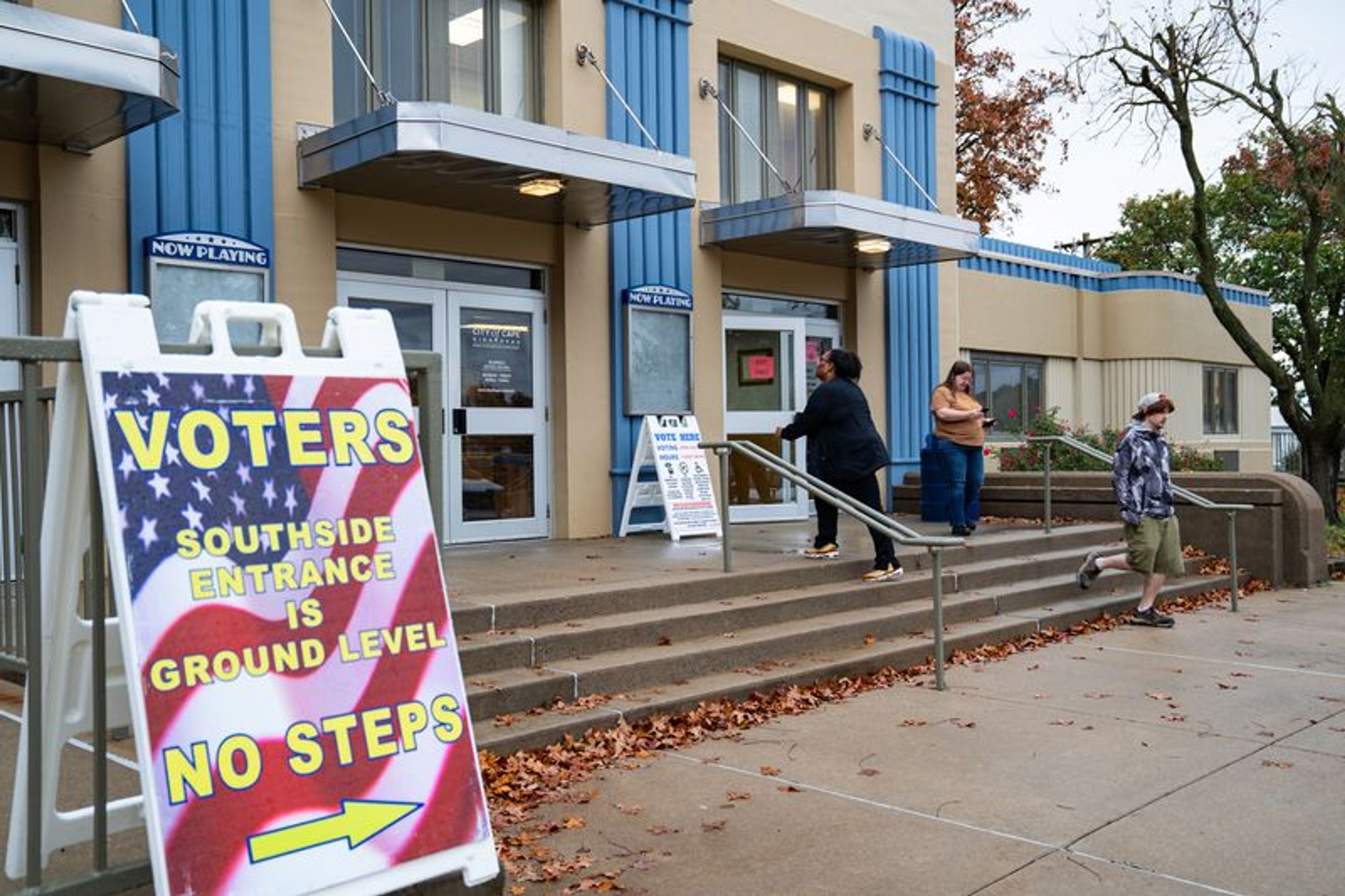MISSOURI'S LACK OF ENERGY RESOURCES COSTS THE STATE DEARLY, CLAIMS STUDY
Missouri's lack of many basic energy resources such as oil and natural gas is costing the state dearly, according to a study just released by a section in the state's Department of Natural Resources. The study, originated in 1991, was under the direction of the Environmental Improvement and Energy Resources Authority (EIERA), and it found that Missourians spend 10.8 percent of their total personal income for energy. ...
Missouri's lack of many basic energy resources such as oil and natural gas is costing the state dearly, according to a study just released by a section in the state's Department of Natural Resources. The study, originated in 1991, was under the direction of the Environmental Improvement and Energy Resources Authority (EIERA), and it found that Missourians spend 10.8 percent of their total personal income for energy. That's higher than the national average and except for a couple of exceptions, it's higher than for all of the states surrounding Missouri.
The EIERA study, titled "Choosing a Sustainable Future," reports that while the $9.7 billion Missourians spend annually for energy directly supports 98,000 jobs, the cost represents only $2.6 billion in personal income in the state. As a result, $7.1 billion leaves Missouri's economy.
Thirty years ago, the state's overall energy use was equally divided into three parts: transportation, industrial, and residential or commercial. By 1990, the balance had shifted to the transportation sector, which now takes up more than 40 percent of the total. "Choosing a Sustainable Future" calls for a wide range of responses, including increased public transportation, greater emphasis on energy conservation, reduced power consumption and the use of more renewable energy resources.
Implementation of the study's recommendations will depend on future governors and legislatures as well as increased public demand for official action. Nobody at this moment is betting on any of this occurring anytime soon. If readers would like a copy of the report, they can secure one by telephoning the DNR at 1-800-334-6946.
---
DEEP SIXED: Of the 196 statutes enacted in this spring's session of the General Assembly, Gov. Mel Carnahan has signed 190 and vetoed 6, the latter figure being somewhat lower than the average rejected by his Republican predecessor, John Ashcroft.
The governor had until July 15 to act on the measures, either signing or vetoing them. Originally, the plans for the final week of the deadline called for Lt. Gov. Roger Wilson to take a precedent-shattering role and sign some of the measures enacted earlier this year. The flood emergency, which didn't even give the governor and first lady a chance to sample Italy's linguine, changed the schedule, and so Wilson was forced to return to his Capitol office before he could even learn where the executive copier was located.
The bills vetoed by the governor were equally divided between the House and Senate and are listed here:
HB 300 Inaugurating zero-based budgeting.
HB 485 Highway procedures.
HB 614 Retirement system.
SB 238 Limitation of fees collected by sheriffs.
SB 315 Property takings.
SB 371 Insurance benefits for laid-off workers.
~*****
SHOW-ME SURVEY: A poll taken by the Missouri Political NewsLetter shows Missourians about equally divided on whether state and federal buildings regulations should be tightened along the Mississippi and Missouri Rivers' floodplains to mitigate future flood damage in order to protect future generations from the anguish now being experienced across a wide area of the state. The poll results showed 42 percent favored tighter building codes for both residential and commercial construction along the two rivers, while 46 percent opposed tougher regulations. Eleven percent were undecided.
---
~~FEDERAL FUNDS: Approximately 26 percent of Missouri's annual budget comes from Washington, much of it to finance federally mandated programs that states must provide, in varying degrees, and in which they must devote billions in revenue from state-local tax levies. One of the recurring problems attached to this is the constant escalation of federal programs, requiring states, such as our own, to increase their funding at levels higher than federal matching dollars. Jefferson City has seen a steady increase in federal monies for these programs, but the state has had to divvy up even higher percentages.
Last year Missouri received $3.36 billion in federal funds for such diverse projects as Medicaid, child support programs, special education and food stamps. The amount sent by Washington from 1988 to last year increased nearly 90 percent. Eighty percent of this increase was in four programs: unemployment insurance, Medicaid, food stamps and highway construction. Within this group, the largest by far is Medicaid, which last year was federally funded in the amount of $1,291,755,391.
As recently as 1988, the funding for this program was $430,075,805, so readers can get an idea of the extremely rapid increase in this single federal-state program in a very short period of time.
Since 1988, funding for food stamps has increased $204,078,530, starting at $226,012,881 in 1988 and going to $430,091,352 last year. Funding for jobless benefits went from $36,070,611 in 1988 to last year's total of $168,360,104. Highway construction money went from $243,680,842 in 1988 to $311,244,519 last year.
Can anyone still be wondering why the federal budget is out of control and why Missouri is so hard-pressed when it comes time to fund new programs or improve existing services?
~~ *****
UNEMPLOYMENT UNEASE: Even before the Great Flood played havoc with the state by closing, in some cases permanently, numerous retail and industrial firms, Missouri added three double-digit jobless counties to the list from a year ago. The three counties receiving this dubious distinction were Miller, Ripley and Texas, all of which now have unemployment totals above the 10.0 mark.
Counties staying on the double-digit list are Carter, Dallas, Iron, Madison, Maries, Mississippi, Pemiscot, Reynolds, Washington and Wayne. Iron County now has the state's highest unemployment rate, 17.7 percent, although its total is lower than the 18.2 percent one year ago. Hold onto your hats when the post-flood totals are released.
Connect with the Southeast Missourian Newsroom:
For corrections to this story or other insights for the editor, click here. To submit a letter to the editor, click here. To learn about the Southeast Missourian’s AI Policy, click here.








